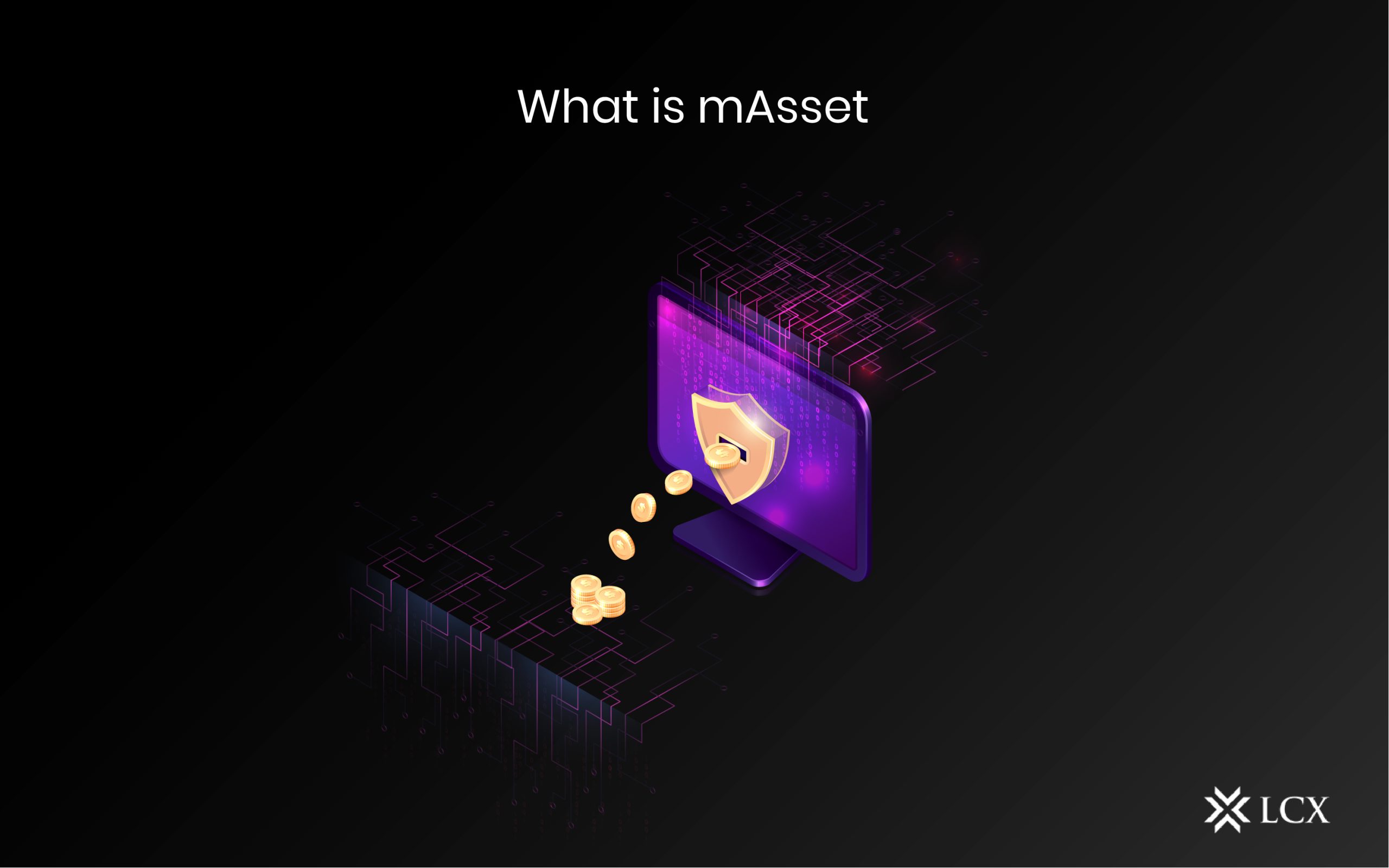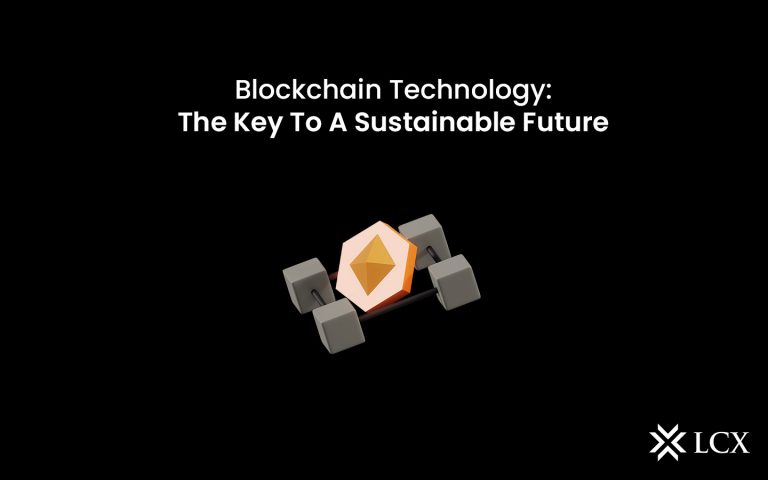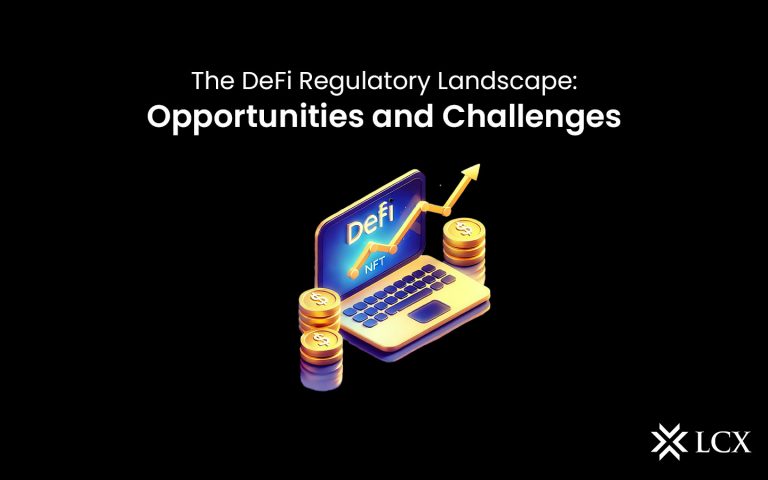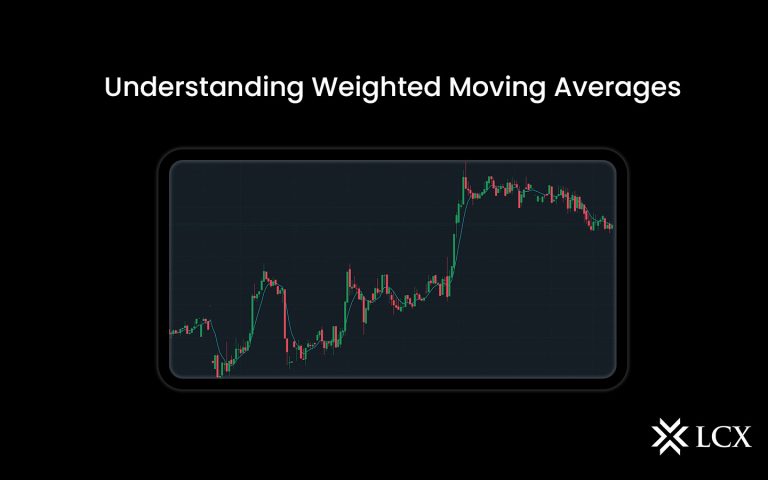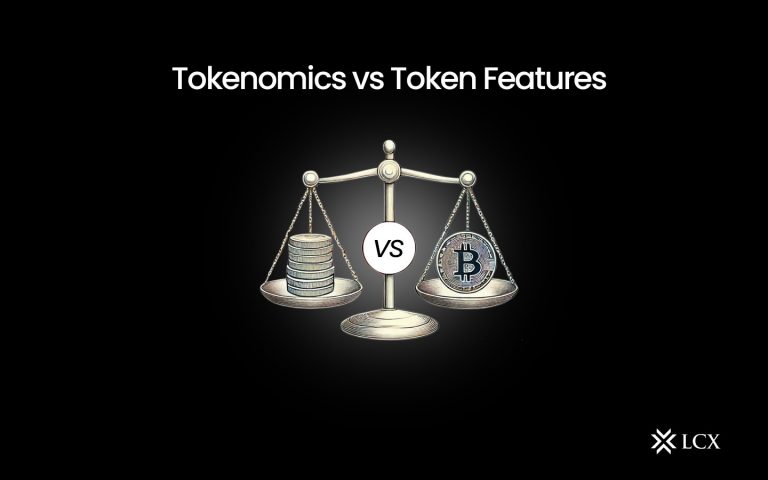Decentralized finance has long been a catchphrase in the blockchain community. One of the main goals of DeFi is to use blockchain to increase financial equality and accessibility for individuals all around the world.
Financial tool services and capital-efficient models are not readily available to the average investor, making it difficult to invest in shares, commodities, or real estate. However, asset tokenization on permissionless blockchain networks may be the solution for lowering entry barriers and increasing efficiency in global markets. And that leads us to mAssets and the Mirror Protocol.
What is mAsset?
mAssets are blockchain assets that act as “mirrors” of real-world assets by reflecting on-chain exchange prices. Like any other cryptocurrency, it gives traders price exposure to tangible assets while permitting open access, fractional ownership, and censorship resistance.
Synthetic tokens provide access to the price of the real-world assets they represent to investors without requiring them to possess those assets themselves. As a result, traders who would ordinarily be barred from trading certain underlying assets can profit from these price fluctuations. For automated market makers (AMMs) like Uniswap or Terraswap, synthetic assets can be swiftly swapped by consumers for other synthetic purchases or stablecoins.
What is Mirror Protocol?
Mirror Protocol is a DeFi platform that enables users to create crypto tokens or synthetic assets that mirror real-world assets’ prices.
The Mirror Protocol is based on the Terra Network, but its synthetic assets, known as Mirror Assets (mAssets), are also accessible via bridges on Ethereum. The holders of Mirror Protocol’s native governance token, the Mirror Token, administer the protocol (MIR).
Who introduced mAssets?
The Terra Money team developed the Mirror protocol and eventually mAssets. Terra is a popular protocol in the DeFi and Cosmos Hub markets. The same team also developed Terra Core, Mirror finance, the LUNA token, and CHAI, a blockchain payment solution. The Terra team wants to use blockchain technology to eliminate all inefficiencies.
How does mAssets work?
To mint (or create) a mAsset, you must:
- The protocol stipulates that the first deposit of collateral be made (more than 150 percent of the current value of the real-world asset). Acceptable collaterals are mAssets and TerraUSD (UST), a stable coin minted by Terra.
- If the real-world asset’s value climbs to the point that it exceeds the collateral value you deposited, your collateral will be liquidated to keep the system afloat.
- You have to first burn the assets given to you to redeem your collateral.
- You can also trade mAssets on AMMs like Uniswap and Terraswap by interacting with liquidity pools.
- Though mAssets can be exchanged anytime, they can only be issued during real-world market hours (to match the equities and bonds that serve as their underlying index value).
Properties of mAssets:
- The underlying asset that the mAsset is designed to follow is identified by its name and symbol.
- Oracle Feeder provides the currently registered pricing. This is primarily used to calculate the CDP collateral ratio and has no direct impact on the mAsset’s Terraswap trading price.
- The auction discount rate specifies the discount for which a CDP (collateral debt position) scheduled for liquidation can purchase its collateral by paying the minted amount.
- They must report accurate and up-to-date pricing so that the mAsset’s trading value remains in sync with the reflected asset. Each mAsset has a designated feeder that can be transferred via governance.
Conclusion
The Mirror Protocol has been working to further its current and long-term objectives. Mirror Protocol’s developers aim to improve usability for Terra and Ethereum users. Fixing initial areas of friction, adding dashboard analytics, and drawing greater liquidity are all part of this. As a result, one may conclude that mAssets are here to stay and will continue to grow in the future.
